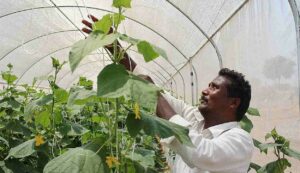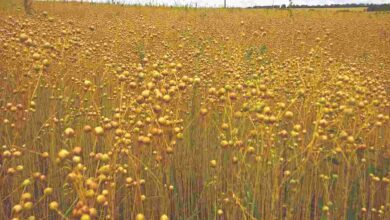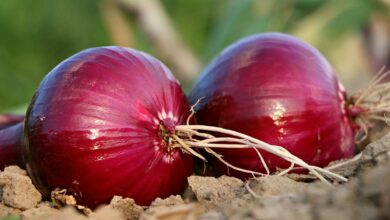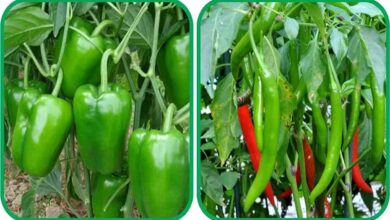Low-Cost Farming Techniques: Use low cost polytunnel technology in farming, you will get good yield
Low-Cost Farming Techniques: In order to produce crops that are healthier, free of disease, and more productive, farmers today must embrace contemporary agricultural practices. Farmers benefit greatly from early summer vegetable growing since early-market crops are more expensive. However, in regions with cold climates, such as North India, low temperatures in January and February hinder seed germination, making nursery setup difficult.

A very practical and affordable solution to this issue is low-cost polytunnel technology. By creating a sheltered habitat, this technique shields nursery plants from unfavorable weather conditions. By doing this, farmers may start nurseries earlier and increase their profits by starting the produce earlier.
Low-Cost Poly Tunnel: What Is It?
A compact and cost-effective version of a standard polyhouse, a low-cost polytunnel, may be made for a little expense. Its ability to maintain regulated humidity and temperature makes it particularly advantageous for small and medium-sized farms.
Material and Structure
- PVC pipes, iron rods, or bamboo are used to construct this tunnel.
- A translucent polyethylene layer (20–30 micron thick) covers it, letting in sunshine and regulating the temperature.
- It is used to prepare nursery beds and germinate seedlings.
Benefits of Establishing a Nursery in an Inexpensive Poly Tunnel
- High rate of seed germination: By raising the temperature by 5-7°C, this method aids in the quick germination of seeds.
- Early production: The primary crop may be planted earlier, and you can make more money by getting to market sooner thanks to the early preparation of the vegetable nursery.
- Disease and Pest Management: Because fungi and other infections have less of an impact in the polytunnel’s protected environment, chemical pesticides are not as necessary.
- Low cost, higher profit: Even small farms may readily adopt it since it is less expensive than polyhouses.
- Water conservation: Because the polytunnel retains moisture, less irrigation is required, which results in water savings.
How can a cheap poly tunnel be made?
1. Materials needed
For support: PVC pipes, iron rods, or bamboo sticks
Transparent polyethylene sheet (20–30 micron thick) for covering
Vermicompost, organic manure, and Trichoderma for the nursery bed
2. The process of construction
Prepare the field by making beds that are one meter broad, fifteen centimeters high, and as long as necessary. Add organic manure after loosening the soil.
Getting the tunnel’s framework ready
Bend the PVC pipes or iron rods two to three feet above the beds, then bury them in the earth. Cover it with a sheet of clear polyethylene and fill in the borders with dirt to keep out chilly air.
Sowing and caring for seeds
Plant the seeds of appropriate vegetables two centimeters deep in a line. To keep the seeds wet, cover them with rotting manure and light soil, and then add grass or straw.
Use sprinklers for mild irrigation, and control diseases as necessary.
Nursery preparation for summer veggies
1. Appropriate crops
Bottle gourd, bitter gourd, watermelon, muskmelon, pumpkin, and cucumber are members of the cucurbit family of vegetables.
Additional veggies: tomato, chilli, and brinjal
2. Preparing the soil
For each square meter, combine 2 kg of vermicompost, 25 grams of Trichoderma, and 75 grams of NPK.
Applying manure to the soil ten days beforehand thoroughly mixes the nutrients.
3. Planting seeds
Plant the seeds two centimeters deep in rows. To keep the soil wet, cover it with straw and light dirt.
4. Disease control and irrigation
Water as required, but avoid letting it become too wet. Use biological control strategies to prevent illnesses.
Plant relocation to the main field
When the plants are fully grown, which should happen in 30 to 35 days, they are moved to the main field in February when the weather permits. To ensure healthy growth, place the plants far enough apart. Attend to insect control, fertilizer management, and watering.





